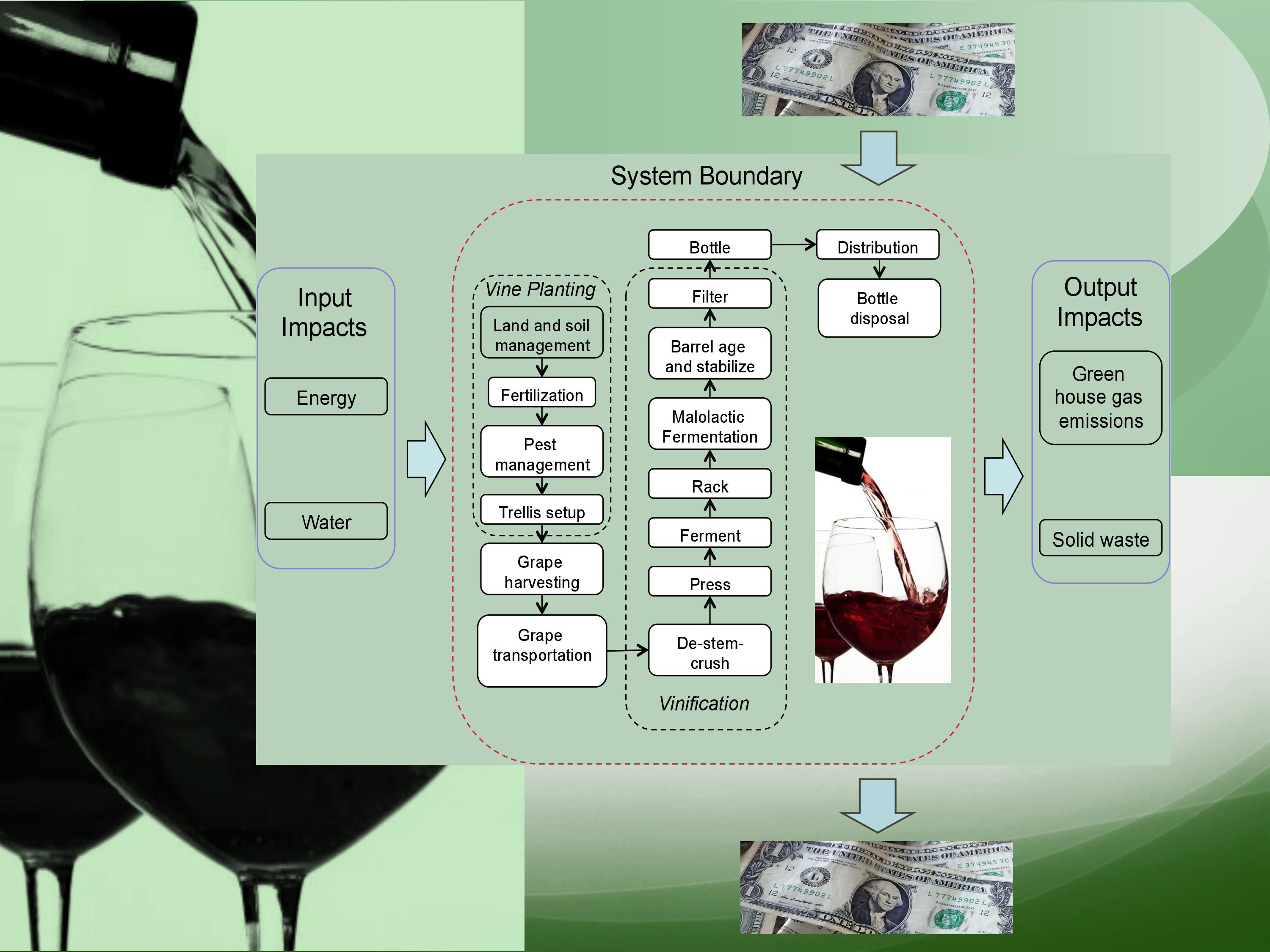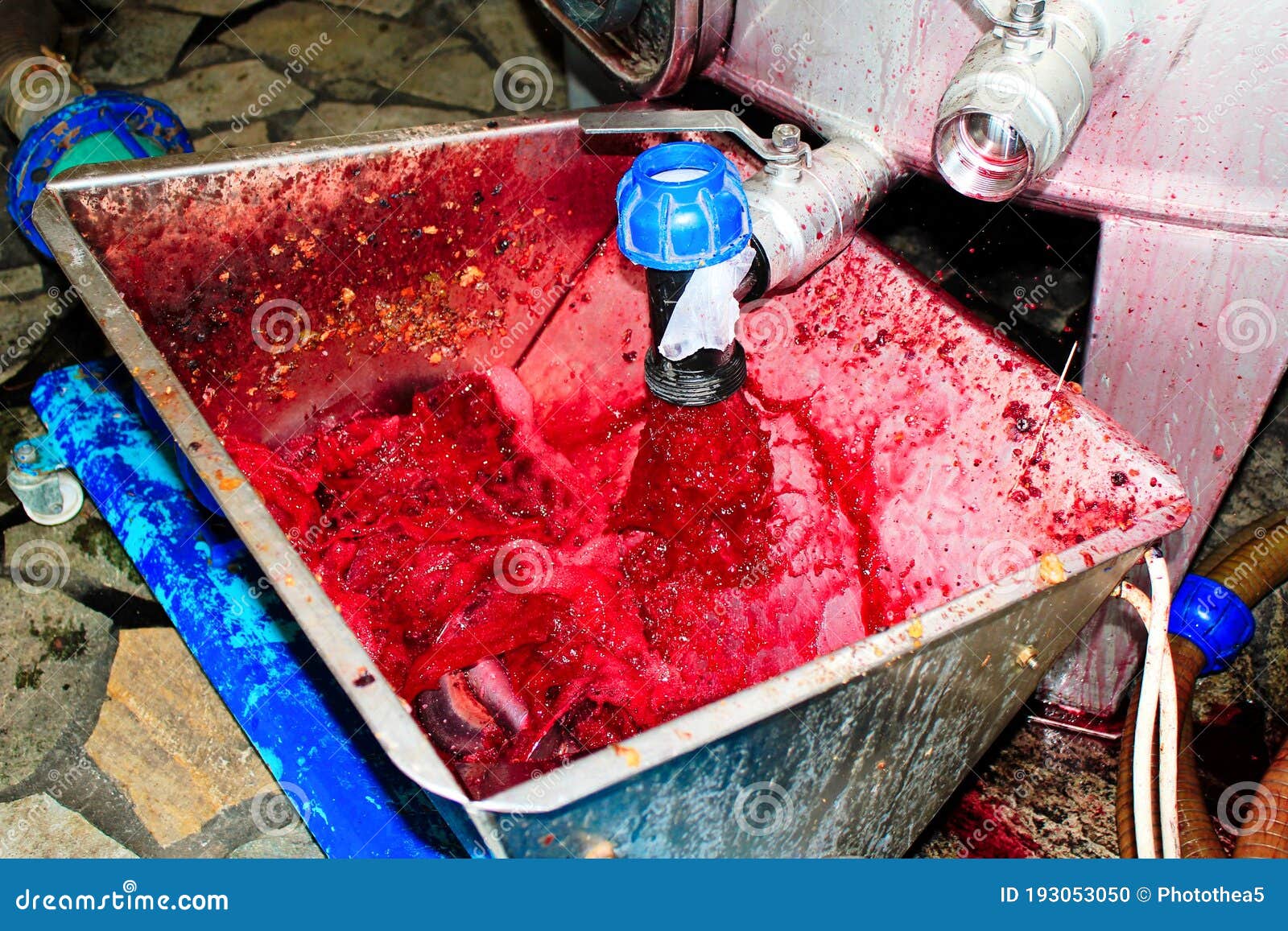

Nouveau and Whole Cluster Redsįor less tannic wines, winemakers have developed other types of winemaking,such as carbonic maceration or whole berry fermentation, the processused to make nouveau or "new" wines, such as Beaujolais Nouveauin France. Acidity doesn’t seem tobother them as much since they like white wines and whites are usually higher intotal acidity than red wines.

When they say they don’t like dry red wine, they really mean theydon’t like tannic or astringent wines. Many people confuse dryness (no sugar left after fermentation) with hightannin. Red wines also benefit from some of the heat that is released duringfermentation, which is why many wineries not only age or mature their red winesin oak, but also ferment their reds in oak barrels as in the European tradition.Barrel fermentation and oak aging add a great deal of complexity and flavor tothe red wine, as well as another dose of tannin from the wood tannin in oak.These two sources of tannin (black grape skins and oak barrels) give red winesgreater aging potential than whites. There are several ways to do this,including some new techniques. This cap of skins must be continually puncheddown or circulated back through the juice. The carbon dioxide that’s produced during fermentation pushes the blackskins up to the top of the fermenters, forming what is called the capof skins on top of the juice. The wine movie"Mondovino" by Jonathan Nossiter carries a running joke about thistechnique.

Advocated by famous Bordeaux enologistMichel Rolland, who recommends it to hundreds of his consulting clientsworldwide, micro-oxygenation softens the tannins in red wines, making them jammyand the darling of wine critics, even when they are young. Micro-oxygenation is the fairly new and controversial winemaking technique ofintroducing tiny amounts of oxygen into fermenting red wine, or red wine agingin the barrel, through a small tube. This will acclimatize your palate toappreciate drier red wines.

that originates fromGermany, as does the fruity Dornfelder red variety.Įven the more intense grapes such as Cabernet or Zinfandel can be made in asofter style, so ask your store’s wine consultant for less tannic choices.Don’t forget you can mix any red wine 50/50 with bottled water and get thehealth benefit without the tannin. Lemberger is another soft red grown in the U.S. Another fruity red from Italy is Dolcetto, which is similar to GamayBeaujolais. The best-selling brand of Lambrusco in the U.S. The best way to get used to the taste of dry red wines is to start with thegrapiest (meaning fruitiest) and least tannic varieties, such as red Lambrusco,which is a slightly sweet, semi-sparkling red wine from Italy that is servedchilled. Soft tannins, however, add a desirabletactile dry complexity to the taste of the wine and contribute to its longevity,since tannin is a natural preservative. Awinemaker is careful not to extract too much tannin from grape skins or stems(if the whole cluster is used and not de-stemmed), or the wine will taste veryastringent and bitter from hard tannins. Thisprolonged maceration and fermentation allows for the maximum extraction of redcolor and flavor from the skins, and tannin comes along in the bargain. Red wines must be fermented with their black grape skins for approximately10–14 days, and sometimes much longer for the greatest reds. All grapes, no matterwhat color the skins-whether black, green, or pink-contain clearpulp or juice inside. Essentially, red wines are made from black grapes, which have been crushedand de-stemmed to get the black skins that contain all of the red color andflavor in contact with the clear juice inside the grapes.


 0 kommentar(er)
0 kommentar(er)
